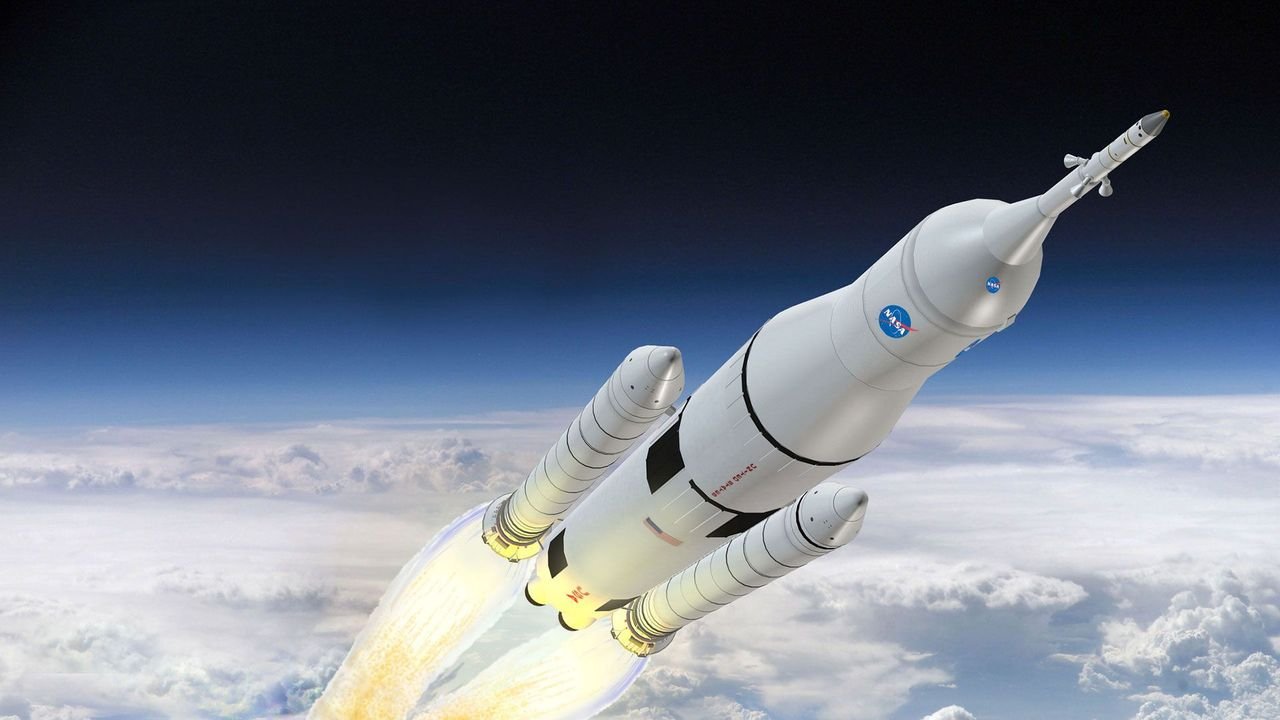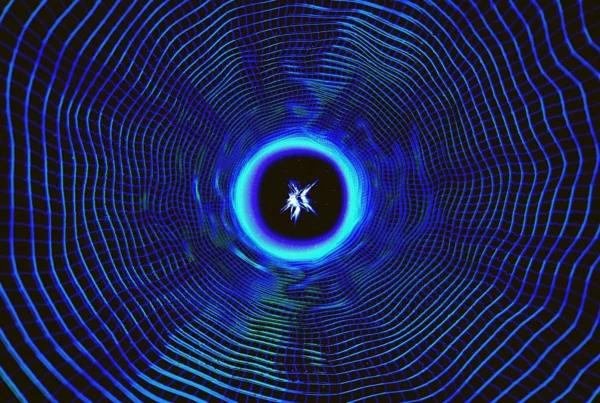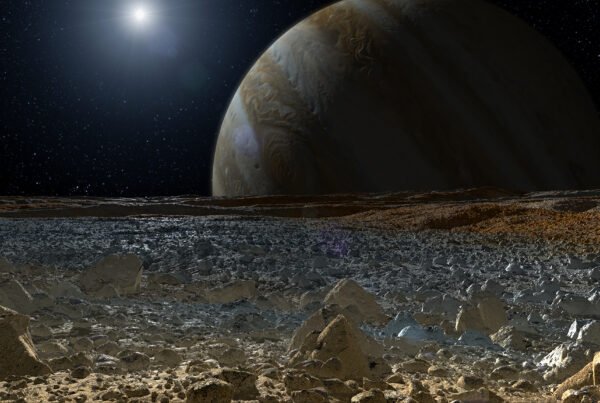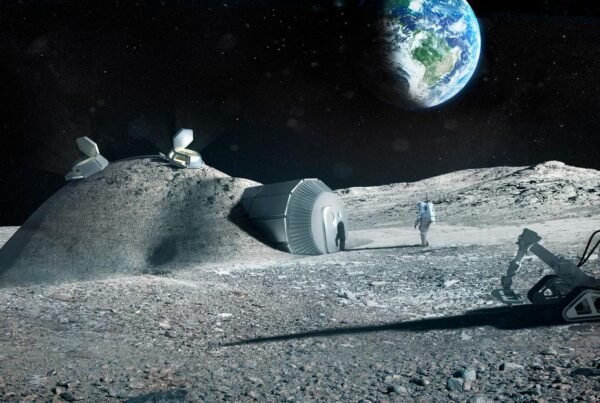When we think of speed, we often imagine fighter jets or race cars. But in space, speed reaches a whole new dimension. So, how fast is the fastest human-made object—and is it fast enough to explore the solar system… or beyond?
Meet the Champion: The Parker Solar Probe
Launched by NASA in 2018, the Parker Solar Probe holds the current speed record. Designed to study the Sun’s outer atmosphere, this spacecraft is not just fast—it’s the fastest object humans have ever built.
By 2025, it’s expected to reach a speed of 700,000 kilometers per hour (about 430,000 mph). At that rate:
-
You could travel from New York to Tokyo in less than a minute.
-
You’d circle Earth more than 17 times in a single hour.
-
And still… it would take you almost 7 months to reach Mars.
Space is big. Really big.
Why Speed Matters in Space
In space travel, speed isn’t just a luxury—it’s survival. The longer a trip lasts:
-
The more fuel, food, and oxygen you need.
-
The greater the radiation exposure for humans.
-
The harder it becomes to time your arrival with a planet’s orbit.
That’s why space agencies are constantly looking for ways to go faster—whether it’s through gravity assists, ion propulsion, or future concepts like solar sails and nuclear drives.
How Fast Is Fast Enough?
Even at Parker’s record speed, getting to the nearest star (Proxima Centauri, 4.24 light-years away) would take over 6,600 years.
To make interstellar travel possible in a human lifetime, we’d need speeds approaching 10% of the speed of light—that’s over 100 million km/h. Today, we’re not even at 1%.
Still, Every Record Matters
Every probe, every mission, every boost in velocity is a small step toward something bigger. Maybe one day, we’ll look back at the Parker Solar Probe the way we now look at the Wright brothers’ first flight: a beginning.








